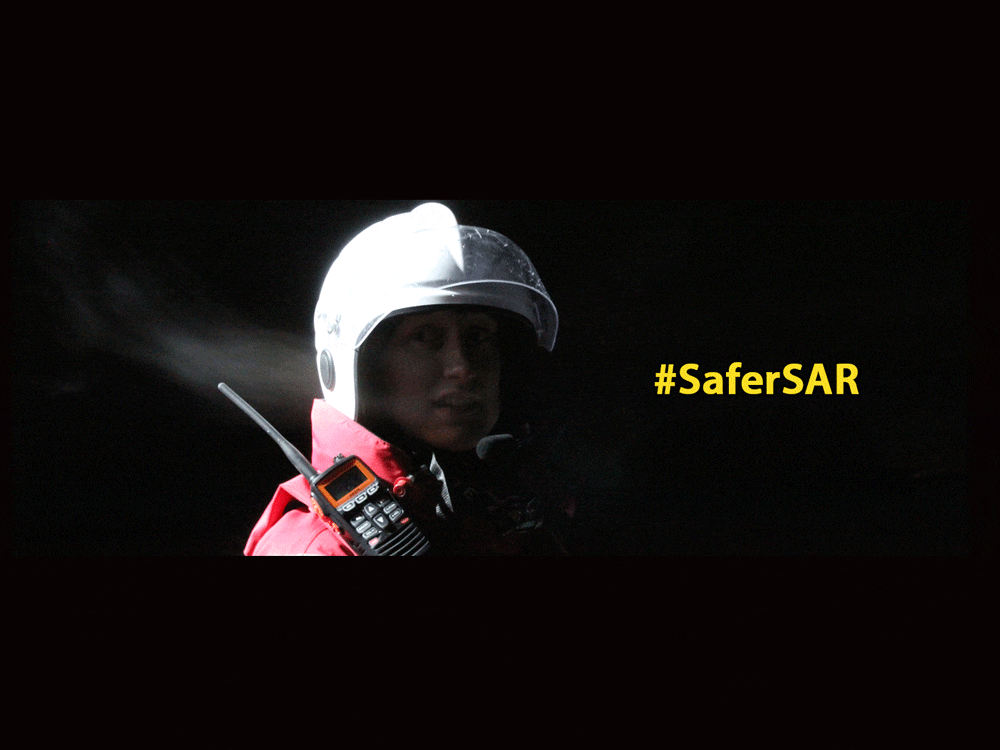Maritime search and rescue (SAR) processes have evolved significantly in recent years, boosted by cutting-edge technologies such as AI and object recognition software. However, the task of sorting and storing global SAR incident response data in one central hub has proven more vexing.
As Caroline Jupe, CEO of the International Maritime Rescue Federation (IMRF), highlights: “All leading marine accident investigation branches, as well as SAR organisations and government bodies, analyse and publish reports on maritime SAR incidents and lessons learnt.” However, she adds: “There is no global system that collates this SAR incidence data, analyses it for trends, patterns or particular safety concerns, and then disseminates these findings more widely.”
The IMRF now intends to plug this gap with the launch of its #SaferSAR initiative, which aims to enable global SAR organisations to better collect, analyse and share SAR incident data on a globally accessible platform, and to use these findings to inform future SAR missions and develop best practices. Putting this data into an international context is important for the IMRF, given that its membership comprises nearly 130 SAR organisations spread across more than 50 countries. The 12-month initiative has received funding from the Lloyd’s Register Foundation.
So, why has it previously been so difficult to obtain global SAR incidence data? Jaakko Heikkilä, IMRF international programme manager, tells Ship & Boat International: “There is no unified global SAR incidence reporting structure; instead, different countries may have varied protocols and standards for data collection and analysis, making it challenging to aggregate and compare data on a global scale. SAR is a global effort – the diversity in languages and cultural practices can present challenges in the sharing of SAR data on a global platform.”
There is also the issue of confidentiality. “Some countries might be hesitant to share data due to data confidentiality issues,” he says. “Also, issues related to data privacy laws, intellectual property rights and jurisdictional boundaries may create obstacles.”
Finally, there is the hurdle of resource constraints. Heikkilä says: “A key question is how the data/information will be shared with the global system. In the end, it is unlikely to be fully automatic.” As well as fostering “a culture of openness and collaboration”, he adds, #SaferSAR will need to provide support to those countries with fewer resources for this project to be successful. “An ideal database would need to be online, with access and data submission being as freely available as possible for the benefit of all SAR organisations and the wider maritime sector,” says Heikkilä. “We hope any potential database like this is a truly collaborative effort.”
While it’s still early days for the initiative, Heikkilä says that realising a global database could result in a vital trickle-down transferral of SAR knowledge. In theory, he adds, the global SAR knowledge portal may even benefit some naval architects, helping them to determine suitable sizes, capabilities and equipment itineraries for rescue boats ordered by SAR agencies in particular countries. However, he says: “Although weather and coastline conditions vary in different parts of the world, much of the rescue operations themselves, and the risks associated with them, are fundamentally similar. Through sharing information on incidents and accidents, but also through sharing best practices, we can gain insight on how vessel designs impact SAR operations, and potentially what improvements could be made.”
The current phase of #SaferSAR will run until September 2024. “By then, we should have answers as to whether building a system is feasible, and what the main components of the system should look like,” Heikkilä comments. The IMRF aims to develop some small-scale pilot systems this year, which would enable the federation and its members to conduct ‘dry runs’ of the platform. “After that, pending funding, would be the time to build the operational system,” he says.






